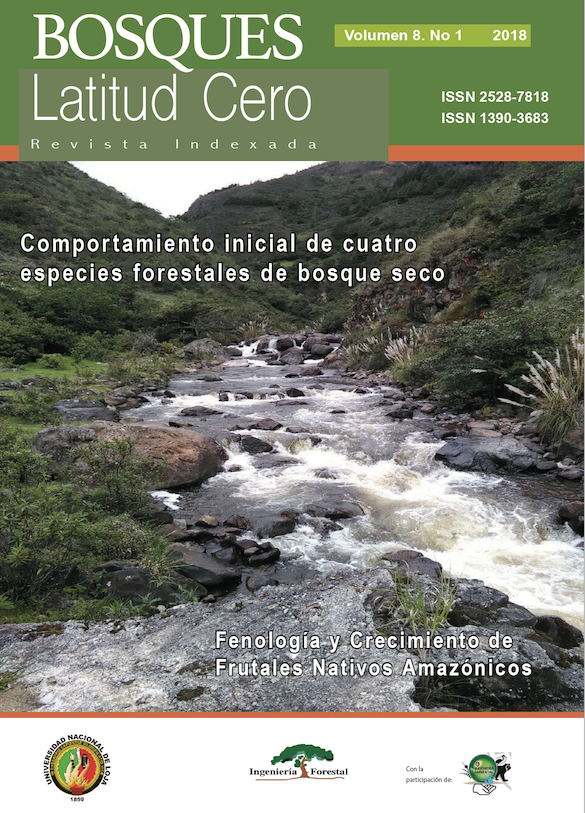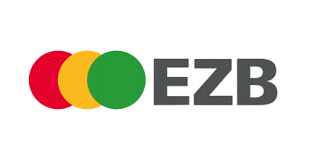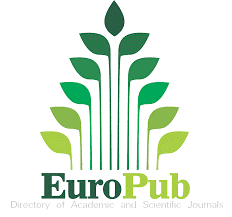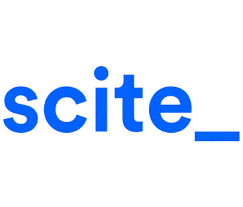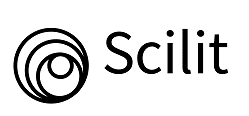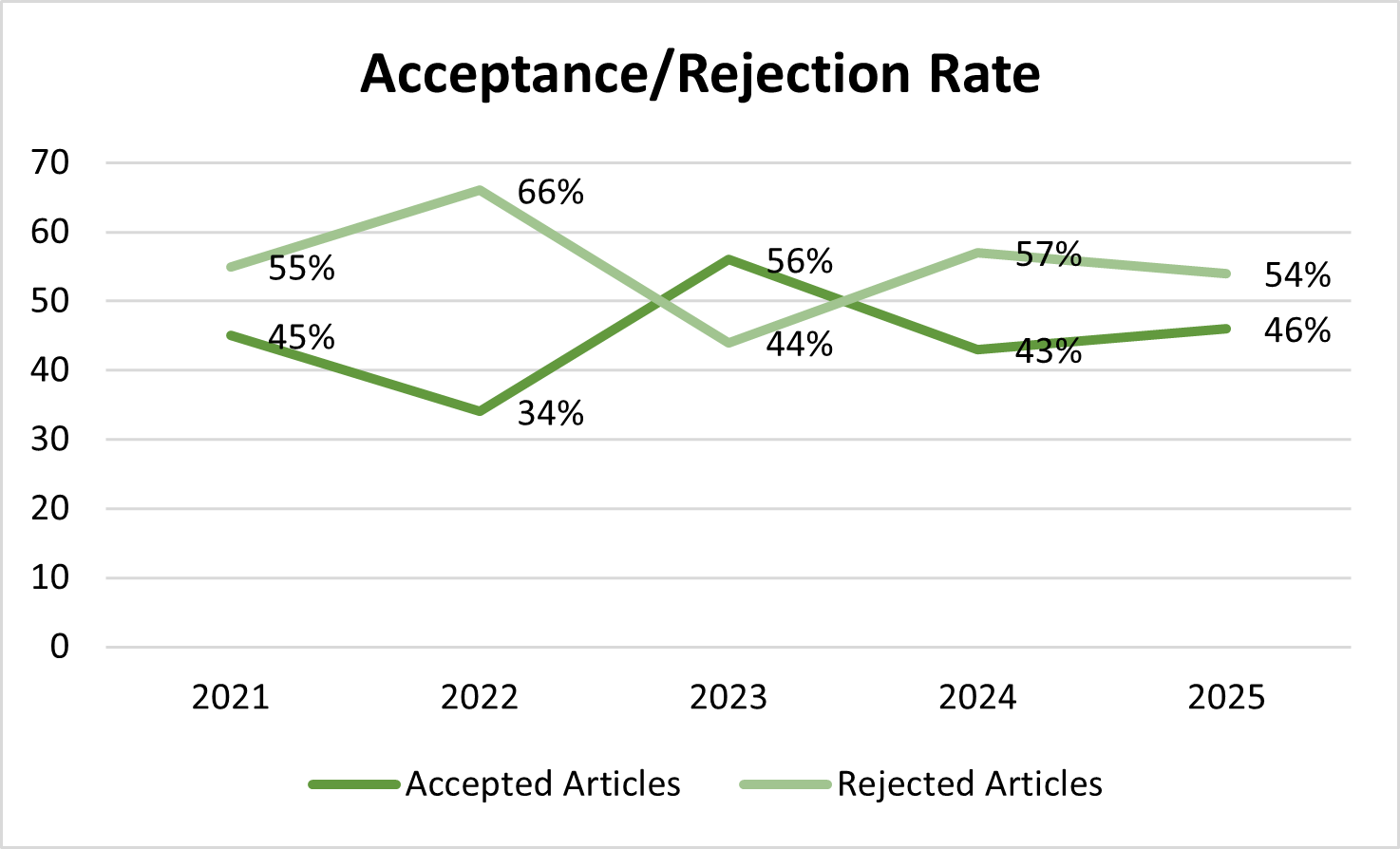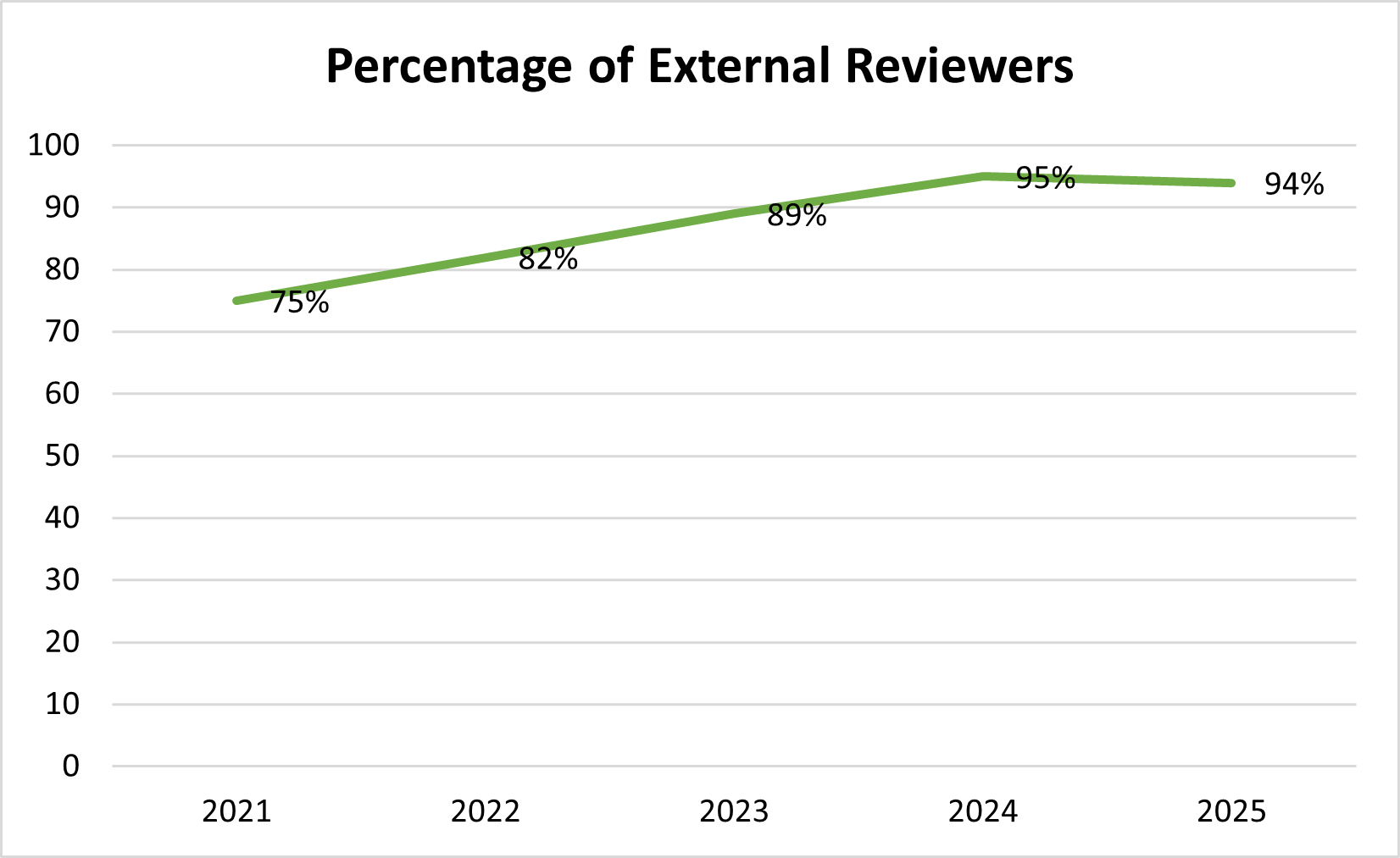Typification of the productive systems in the Campana-Malacatos irrigation project of the Loja canton - Loja province
Keywords:
productive systems, classification of producers, irrigation board, economic valuationAbstract
Understanding the phenomena and changes that occur in peasant production systems requires and analysis that incorporates social, economic, technological and environmental aspects. In these circumstances, the objective was to typify the productive systems in the irrigation system Campa-na-Malacatos, it was required to collect information from primary sources through the application of 317 surveys; complementary information through interviews with professionals and relevant actors in the area who are knowledgeable about economic, social and productive development is-sues; and, secondary information obtained from various publications and technical reports in libra-ries, public institutions and the internet. There are 5735 Units of Agricultural Production (UPAs) in 10 irrigation boards that cover an area of 748,65 ha, with own land (90 %) and leased (10 %), with short and annual crops, pastures and forest, complemented with the raising of smaller and older animals; they use family and salaried labor, traditional technology and ancestral cultural practices. Concludes with the detection of three types of producers were detected: small subsistence farmers (44 %) characterized by poor availability of land and selling their labor; small intensive peasant (36 %), with surplus production and favorable access to land; and an extensive small farmer (20 %) who has capital, maximizes value added per hectare, has access to more land and hires labor. The Net Value per Family Work Unit (VAN / UTF) for typology 1 is 2 025 USD / year, for typolo-gy 2 from 3 969 USD / year and for typology 3, from 8 077 169 USD / year.References
Constitución de la República, (2008). Título II (Derechos), capítulos 2 (Derechos del Buen Vivir), Titulo VI (Régimen de Desarrollo), capitulo 3 (soberanía alimentaria), Titulo VII (Régimen del Bien Vivir), capitulo 2 (Biodiversidad y recursos naturales).
El TELEGRAFO. (2013). Noticia, Sección Economía: Agricultura familiar representa el 70 % de la producción, Quito, Ecuador.
FAO, (2012). El papel de la mujer en el sector agropecuario en América Latina y el Caribe.
Hernández F., (2015). Situación agraria y desarrollo de Loja, Loja, Ecuador.
Holdridge, L. (1982). Ecología basada en zona de vida. Trad. del inglés por Jiménez, H. Segunda reimpresión. Instituto Interamericano de Cooperación para la Agricultura. San José, Costa Rica.
INEC, (2001). Informe de la Composición de los empleados por rama de actividad total nacional, Quito, Ecuador.
INEC, 2010. Estadísticas demográficas en el Ecuador, Quito.
INIAP, 2008. Proyecto: Soberanía y Seguridad Alimentaria basada en la Producción Sana de Alimentos, acuerdo básico de cooperación técnica entre el gobierno de la república bolivariana
de Venezuela y el gobierno de la república del Ecuador (093), Quito, Ecuador.
MAGAP, (2017). Boletín Agrícola Integral-Nacional, Coordinación general de Sistemas de Información Nacional, Volumen 7, Quito, Ecuador.
Ministerio de Coordinación de la Producción, Empleo y competitividad, 2011, Agenda para la transformación Productiva Territorial, Quito, Ecuador.
PDOT., (2011). Gobierno Autónomo Descentralizado del Cantón Loja, Loja, Ecuador.
Plan Integral de Desarrollo de los Recursos Hídricos de la Provincia de Loja, (1994). Departamento de desarrollo regional y medio ambiente, Secretaria ejecutiva para asuntos económicos y
sociales, Secretaria general de la organización de los estados americano, Washington D.C.
Revolución Agraria (2011), Colectivo de Reflexión y Acción Política (CReAPP), Quito
Scheaffer, R, Mendenhall W, Ott, L, (1987). Elementos de muestreo, Ed. Iberoamericana, México.
Wong, S, Ludeña, C (2006). Caracterización de la agricultura familiar en Ecuador, FAO-BID, Proyecto GCP/RLA/152/IAB, “Impacto de los Tratados de Libre Comercio sobre la Agricultura Familiar en América Latina e instrumentos de compensación.
Downloads
Published
How to Cite
Issue
Section
License
Copyright (c) 2018 Bosques Latitud Cero

This work is licensed under a Creative Commons Attribution-NonCommercial-ShareAlike 4.0 International License.
This work is published under the Creative Commons Attribution-NonCommercial-ShareAlike 4.0 International (CC BY-NC-SA 4.0) license. This means that users may copy, distribute, and adapt the content, provided that proper credit is given to the authors and the journal. Commercial use of the material is not permitted. Additionally, any derivative work must be distributed under the same license. This license ensures open access to knowledge, promoting the dissemination and reuse of published works for non-commercial purposes, respecting authorship, and ensuring the free circulation of content under fair terms.

